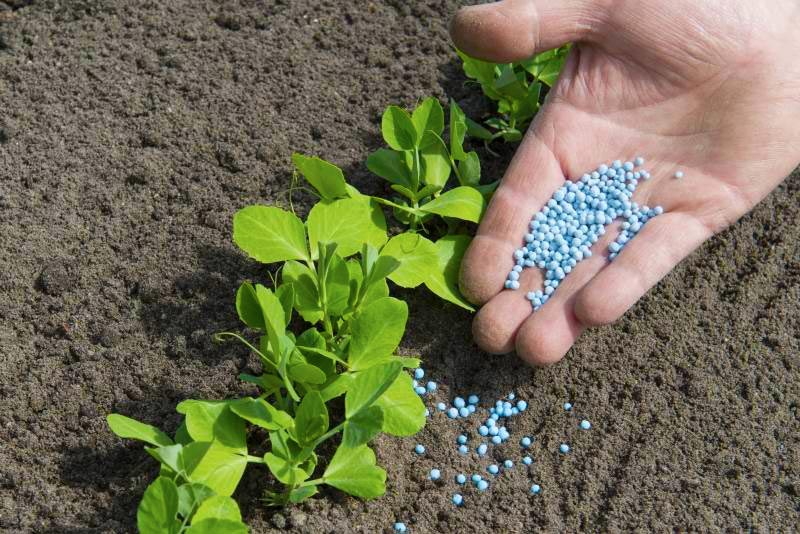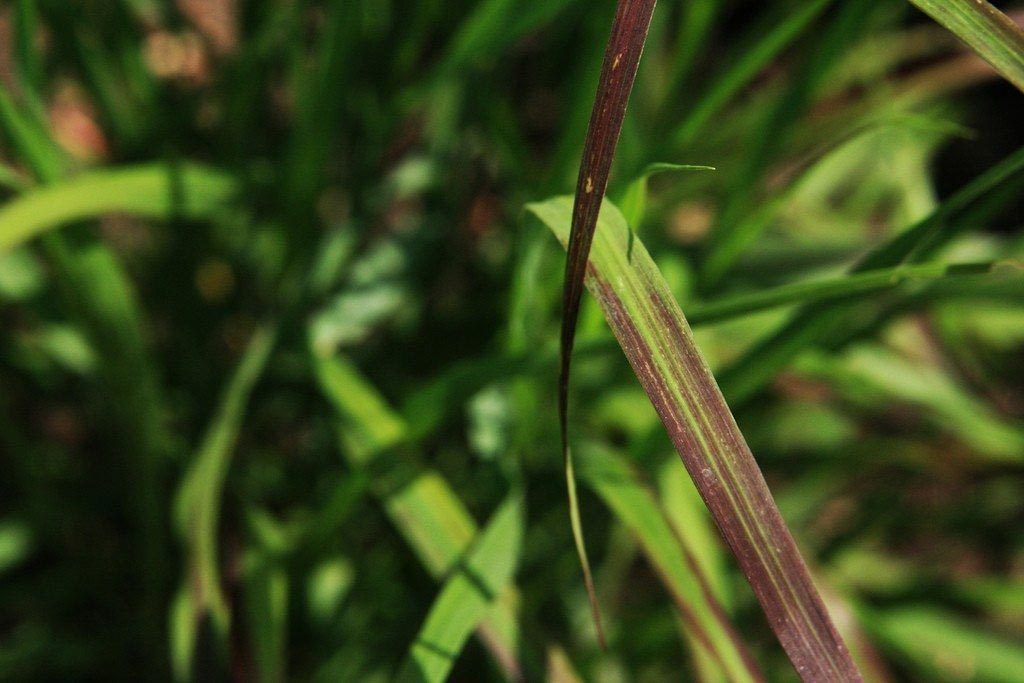Occasionally on the blog or by email, we’re asked questions related to gardening how-tos, tips or problems someone is having. We had this question sent to us earlier on in the year and gave a fairly decent answer which hopefully helped the gentleman who asked us, solve his problem. The question (paraphrased) was as follows:
“I’ve noticed some leaves on a few of my plants have turned a slightly reddish/off-purple colour, is this anything to worry about? If so, how should I treat it?”
We immediately jumped to the conclusion of some kind of deficiency, possibly in nutrients as this is all we were aware of. However, since then we’ve done some research and actually uncovered a couple of other things that we thought we’d share with you.
Nutrient Deficiencies in Plants
The problem with nutrient deficiencies is that they’re considerably hard to diagnose accurately, partly due to the number of factors that can cause a deficiency. Things such as poor soil quality, inadequate drainage, overuse of fertiliser or just simple damage from animals and insects can prevent the plant absorbing the nutrients it needs.

A reduced amount of necessary nutrients such as calcium, phosphorus, potassium and a variety of others can all leave a plant feeling worse for wear and they often display this through their leaves. Be on the lookout for discolouration, a lack of growth and even dried out leaves. So, with this in mind, we revert back to the original question about the red/purplish discolouration in leaves…
Why Do Plant Leaves Turn Red/Purple?
After much research, it’s likely that the purple/red tints or blots found on the surface of leaves are linked to a deficiency in phosphorus. Without phosphorus plants have problems with the regulation of protein synthesis which can lead to a lack of development and growth of the plant itself. Due to the role phosphorus plays in converting and transforming energy within the plant, there can be abnormalities with sugars and other levels. Excess sugar levels can lead to ‘anthocyanin’ pigments developing within the leaves; this is what produces that red/purple colour.
It’s also worth noting that the younger the plant, the more likely it is to show all the signs of having a phosphorus deficiency when compared to aged plants. This deficiency will often rear its head during seasons where soil becomes cold and moist; usually early on in the growing season. Tomato plants, corn crops and even marigolds are known to show this purple/red turn of the leaves, however, not all plants display the same, which is why it’s not a ‘blanket diagnosis’.
In fact, another cause for purple/red coloured leaves can be due to stress which interferes with the regular functioning of the plant’s system. Once again this increases anthocyanin and creates pigments throughout the leaves; diseases, inadequate watering and a variety of other things can also contribute to these anthocyanin levels increasing. That’s why it’s extremely important to try and diagnose correctly before you begin treatment.
Articles of interest:
How To Treat Plants With Phosphorus Deficiency?
If you’re convinced that your plants are lacking in phosphorus and you’ve ruled out a lot of other potential factors, you might want to try a bit of treatment. To address this issue, you want to increase the amount of phosphorus available to the plants that are deficient; this is done by adding phosphorus to the soil. Adding fertiliser rich in phosphorus is a good way to achieve the results you’re after, however, be sure not to overdo it or you might have the opposite effect of excess phosphorus which can be equally as damaging.
